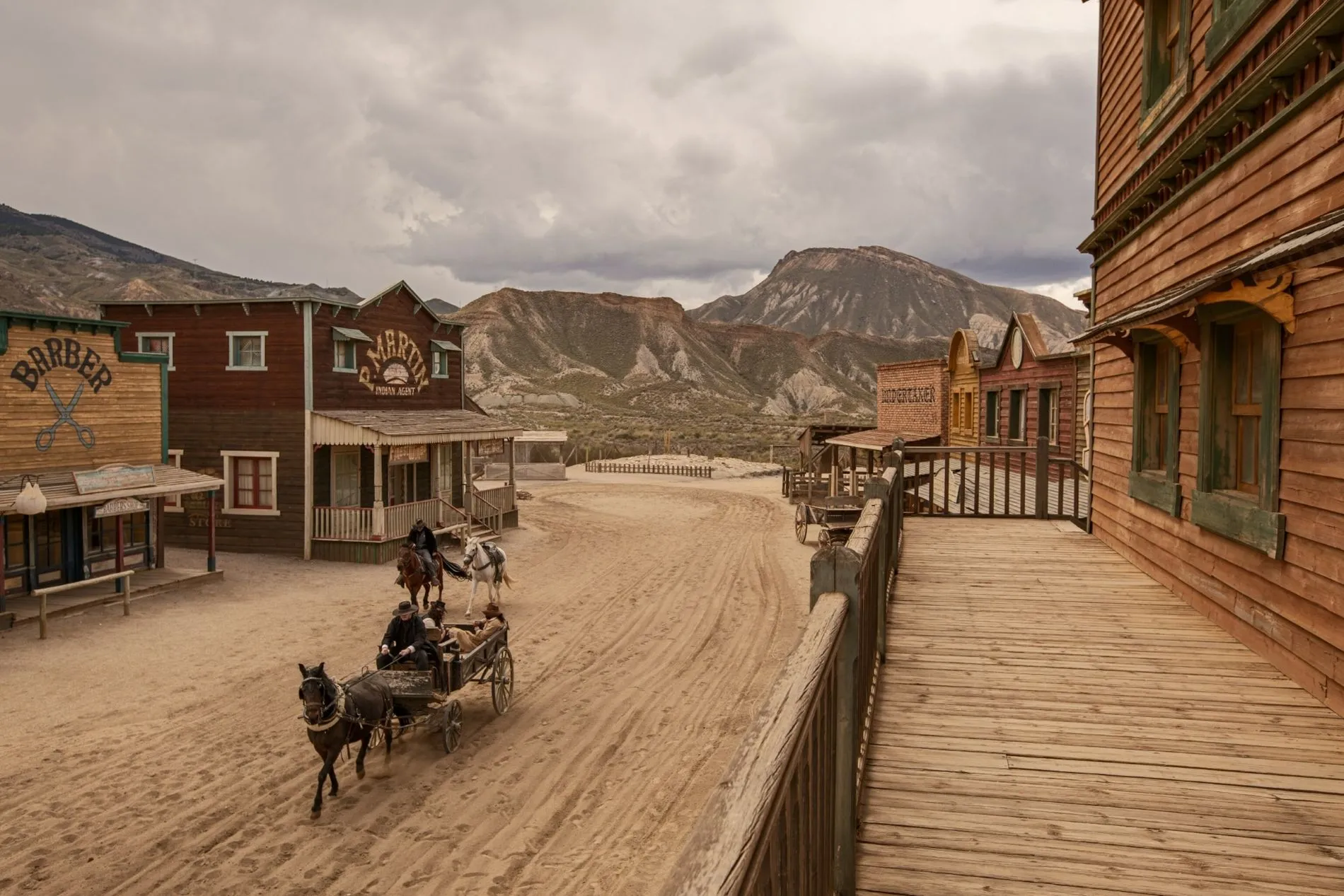The American Wild West has long captured the imagination of artists, historians, and the general public alike. Characterized by its expansive landscapes, rugged terrain, and colorful characters, the Wild West provides a rich tapestry for artistic expression. Through paintings, sculptures, and illustrations, the essence of this era has been immortalized, allowing modern audiences to experience the spirit and stories of a bygone time. In this article, we explore the allure of Wild West art and highlight some of the most iconic paintings that define this genre.
The Allure of the Wild West in Art
The Wild West era, roughly spanning from the late 18th century to the early 20th century, was a period of exploration, conflict, and cultural transformation. Artists were drawn to the dramatic contrasts and raw beauty of the American frontier, as well as the dynamic narratives that unfolded during this time. The Wild West art genre encompasses a variety of themes, including untamed landscapes, indigenous cultures, pioneering settlers, and infamous outlaws.
One reason Wild West art continues to resonate is its ability to evoke a sense of adventure and freedom. The vast, open spaces depicted in these works symbolize the boundless opportunities and challenges faced by those who ventured into the frontier. Additionally, the vivid portrayals of Native American tribes and cowboy life offer insights into the diverse cultures and lifestyles that coexisted and clashed in this turbulent era.
Iconic Paintings of the Wild West
1. “American Progress” by John Gast (1872)
One of the most famous paintings representing Wild West art is John Gast’s “American Progress.” This allegorical work encapsulates the idea of Manifest Destiny, the 19th-century belief that American settlers were destined to expand across the continent. The painting features a central female figure, often interpreted as Columbia, guiding settlers westward. She is shown bringing light and civilization, symbolized by railroads, telegraphs, and cities, while Native Americans and wild animals retreat into the darkness. This piece vividly illustrates the cultural and technological shifts of the era.
2. “The Last of the Buffalo” by Albert Bierstadt (1888)
Albert Bierstadt, known for his grandiose landscapes, captured the disappearing frontier in “The Last of the Buffalo.” This painting depicts a dramatic and poignant scene where Native American hunters pursue a dwindling herd of buffalo against a majestic western backdrop. Bierstadt’s work serves as a visual lament for the loss of both the buffalo and the traditional way of life for many indigenous tribes. His meticulous attention to detail and ability to convey the vastness of the landscape make this painting a cornerstone of Wild West art.
3. “Cowboys in the Badlands” by Thomas Eakins (1888)
Thomas Eakins, a realist painter, provides an intimate glimpse into the life of cowboys with “Cowboys in the Badlands.” This painting showcases two cowboys navigating the rugged terrain of the Badlands, a region known for its challenging landscapes. Eakins’ realistic style and emphasis on anatomical precision bring an authenticity to the depiction of these frontier figures. The painting reflects the harsh conditions and resilience of those who lived and worked in the Wild West.
4. “A Dash for the Timber” by Frederic Remington (1889)
Frederic Remington is perhaps the most renowned artist associated with Wild West art. His painting “A Dash for the Timber” captures the thrilling and dangerous life of cowboys. The scene depicts a group of cowboys on horseback, fleeing from pursuing Native American warriors. The dynamic composition, with horses and riders charging at full speed, creates a sense of urgency and movement. Remington’s work is celebrated for its vivid portrayal of action and the rugged spirit of the West.
5. “The Indian War Council” by Charles Marion Russell (1899)
Charles Marion Russell, known for his authentic and empathetic depictions of Native American life, created “The Indian War Council” to showcase the strategic and communal aspects of indigenous cultures. This painting illustrates a group of Native American leaders gathered in the council, planning their next move. Russell’s attention to detail and respect for his subjects are evident in the accurate representation of clothing, tools, and expressions. His work provides a counter-narrative to the often one-dimensional portrayals of Native Americans in Wild West art.
The Enduring Legacy of Wild West Art
The fascination with the Wild West in art endures because it encapsulates a crucial period of American history, blending myth and reality. These paintings not only document historical events and lifestyles but also reflect the cultural values and aspirations of the time. Wild West art continues to inspire contemporary artists and audiences, reminding us of the enduring allure of the frontier.
As we explore the rich legacy of Wild West art, we gain a deeper appreciation for the stories and landscapes that shaped America’s past. Whether through the dramatic scenes of cowboy escapades or the serene depictions of expansive prairies, these artworks offer a timeless window into the spirit of the Wild West.



